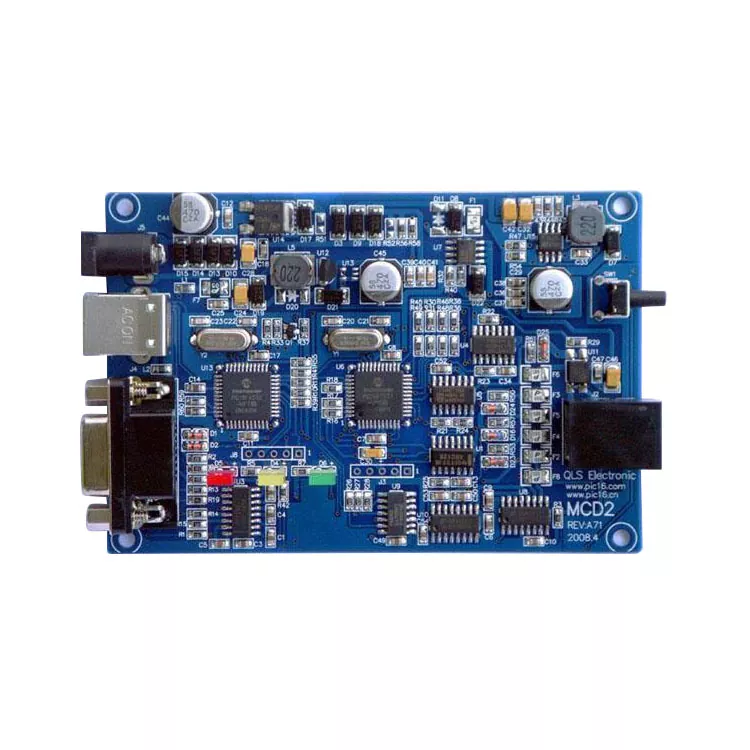- English
- Español
- Português
- русский
- Français
- 日本語
- Deutsch
- tiếng Việt
- Italiano
- Nederlands
- ภาษาไทย
- Polski
- 한국어
- Svenska
- magyar
- Malay
- বাংলা ভাষার
- Dansk
- Suomi
- हिन्दी
- Pilipino
- Türkçe
- Gaeilge
- العربية
- Indonesia
- Norsk
- تمل
- český
- ελληνικά
- український
- Javanese
- فارسی
- தமிழ்
- తెలుగు
- नेपाली
- Burmese
- български
- ລາວ
- Latine
- Қазақша
- Euskal
- Azərbaycan
- Slovenský jazyk
- Македонски
- Lietuvos
- Eesti Keel
- Română
- Slovenski
- मराठी
- Srpski језик
PCBA Design
In today's fast-paced technological landscape, the success of any electronic device hinges on its Printed Circuit Board Assembly (PCBA) design. A flawless PCBA design not only ensures optimal performance but also enables innovation, efficiency, and cost-effectiveness. In this article, we will delve into the world of PCBA design, exploring its importance, key considerations, and the benefits it brings to product development. Whether you are an electronics enthusiast or a seasoned professional, read on to unlock the secrets of PCBA design.
Send Inquiry
Understanding PCBA Design: PCBA design is the process of creating a blueprint for the interconnection of electronic components on a printed circuit board (PCB). It involves the layout, routing, and optimization of traces, pads, vias, and other components to ensure proper functionality and performance of the final product.

Importance of PCBA Design: a. Enhanced Performance: A well-designed PCBA minimizes signal interference, reduces noise, and ensures efficient power delivery, resulting in superior performance and reliability. b. Miniaturization: With the demand for smaller and more compact electronic devices, PCBA design plays a crucial role in achieving miniaturization without compromising functionality. c. Cost-effectiveness: Optimal PCBA design can help reduce manufacturing costs by minimizing material wastage, simplifying assembly processes, and facilitating efficient testing.

Key Considerations in PCBA Design: a. Component Placement: Carefully positioning components on the PCB layout can minimize signal integrity issues, reduce heat dissipation problems, and optimize the overall performance. b. Signal Integrity: Proper trace routing, controlled impedance, and efficient ground and power plane designs are essential to maintain signal integrity and prevent noise interference. c. Thermal Management: Effective heat dissipation is critical to prevent component damage and ensure long-term reliability. Proper placement of heat sinks, thermal vias, and consideration of airflow are crucial factors in PCBA design. d. Design for Manufacturability (DFM): Taking into account manufacturing constraints, such as component availability, assembly processes, and testing requirements, helps streamline production and reduce time-to-market.

Benefits of Optimal PCBA Design: a. Improved Time-to-Market: A well-designed PCBA reduces the number of prototypes and iterations required, accelerating the product development process and enabling faster market entry. b. Enhanced Reliability: By addressing potential design flaws and ensuring robustness, a meticulously designed PCBA enhances product reliability and customer satisfaction. c. Increased Productivity: Efficient PCBA design leads to streamlined manufacturing processes, reduced rework, and enhanced productivity, resulting in cost savings and higher profit margins. d. Future-proofing: A scalable and flexible PCBA design allows for future upgrades, modifications, and compatibility with emerging technologies, ensuring the longevity and adaptability of the product.
Conclusion: Mastering the art of PCBA design is crucial for achieving innovation, efficiency, and success in the realm of electronic product development. By understanding the importance of PCBA design, considering key factors, and harnessing the benefits it offers, you can unlock the true potential of your electronic devices. Whether you are a seasoned professional or an aspiring enthusiast, invest in optimal PCBA design and witness your ideas come to life with precision and excellence.













